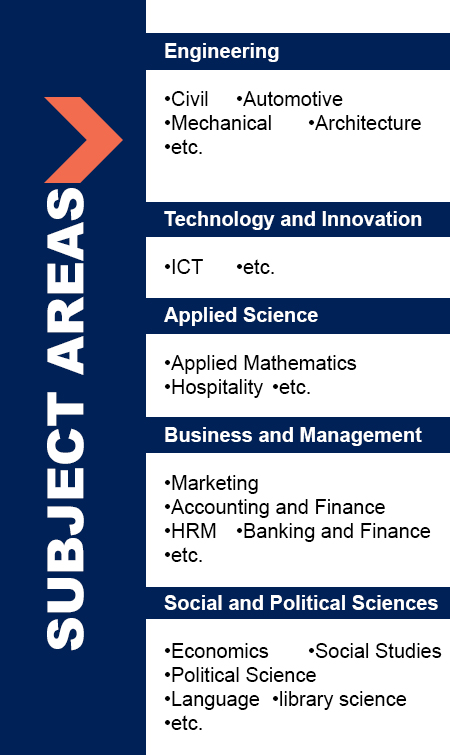Using Multiple Discriminant Analysis to Construct a Statistical Model for Predicting Bank Loan Repay and Default Customers in the Eastern Region of Ghana
DOI:
https://doi.org/10.47127/ijtmr.v1i3.30Abstract
Banks that lend to small businesses and individuals need to quickly assess the creditworthiness of prospective
borrowers so as to reduce the probability of issuing bad loans while attempting to maintain their own profitability. It was for these reasons that credit institutions have made several attempts at modeling and reliably forecasting credit default using numerous statistical approaches. The objective of the study was to develop a model which could be used to identify likely future defaulters. The population for the study was all financial institutions were in the Eastern Region of Ghana. A number of banks that could give the needed data for the study was purposefully chosen and a random sample of 150 customers were randomly selected to provide data on the study variables which include customers’ financial standing, reason to loan, employment and demographic information. The statistical model obtained indicated four important influences - total asset, total income, family size and number of years with current employer as the most discriminating variables between the repay and default group. The validity of the model was confirmed using several diagnostic analytical procedures. The importance of examining a model’s sensitivity and specificity in the context of one’s specific, real-world objectives was also discussed.
Keywords: Loan repay and default; Creditworthiness; Prospective borrowers; Statistical models in banking; Multiple discriminant analysis.








